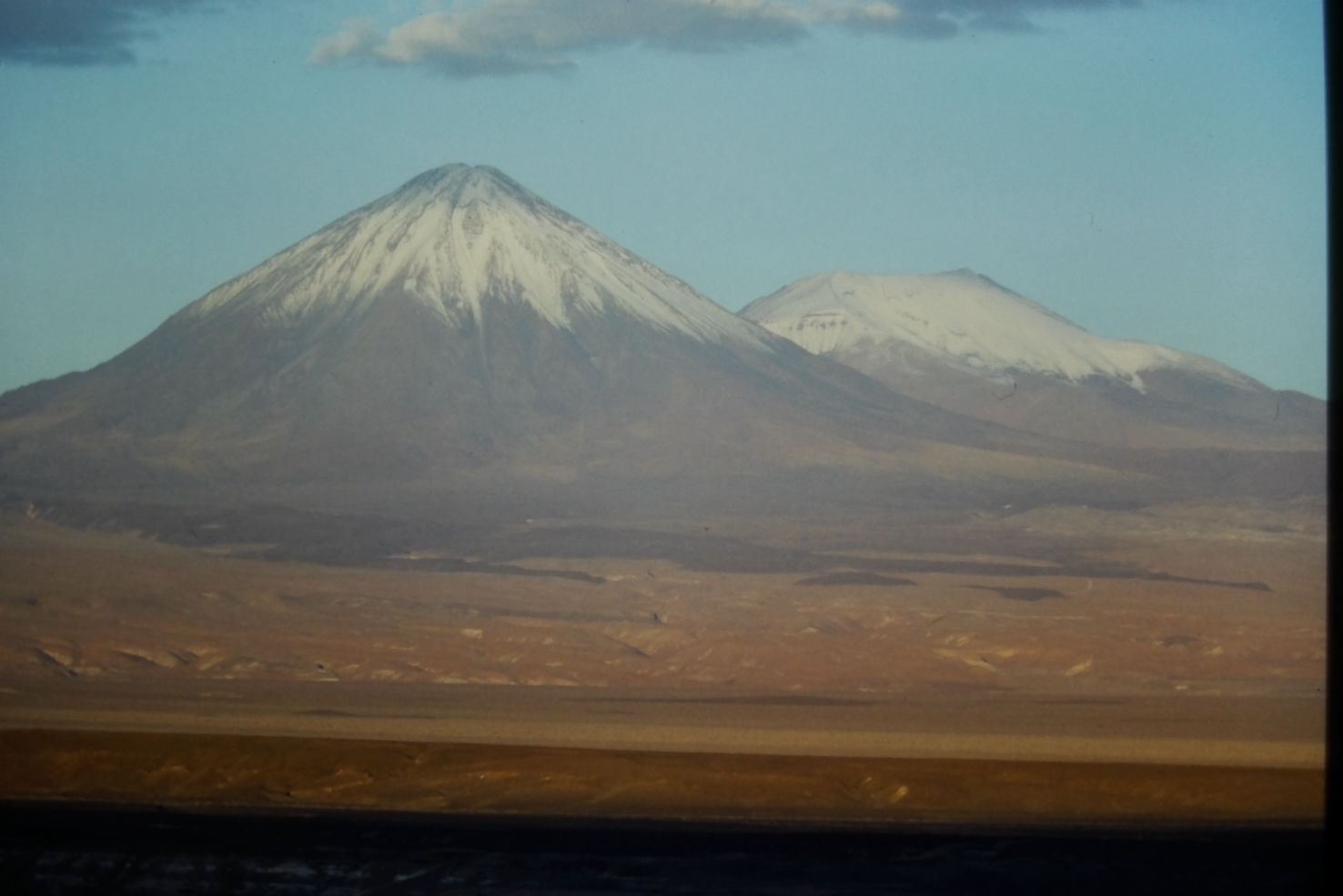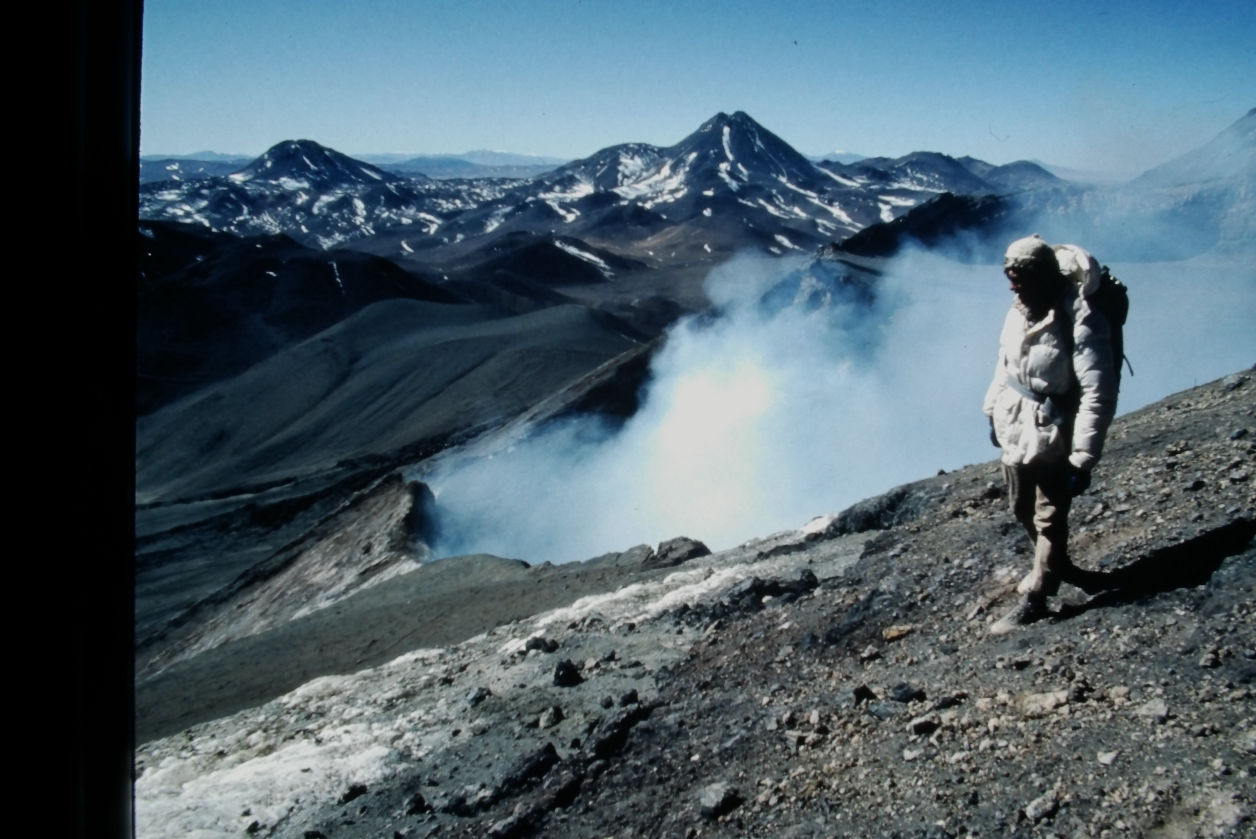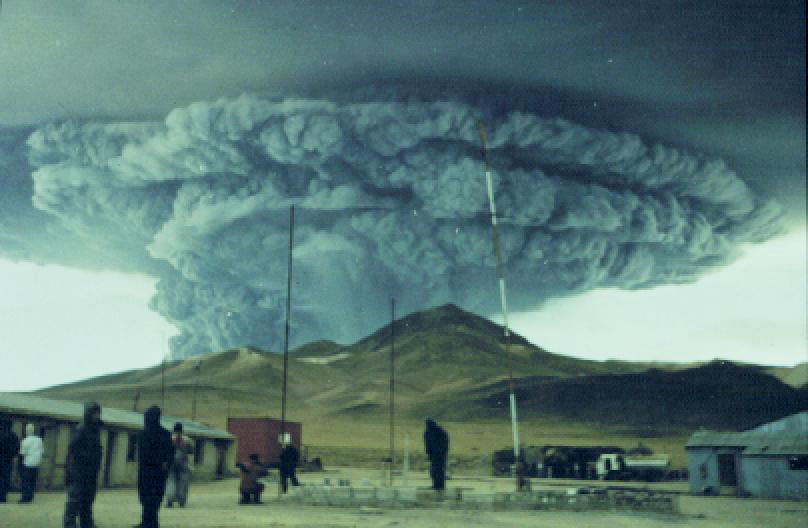
Volcan Licancabur - Chilean Altiplano
In our research on volcanic impacts on climate we relies primarily on modeling efforts focused on the Last Millennium to investigate how volcanic eruptions affect climate worldwide. In past research led by Chris Colose we have focused on the impacts of volcanic eruptions on tropical South American climate and how hemispherically asymmetric aerosol forcing affects tropical hydroclimate by shifting the Intertropical Convergence Zone (ITCZ) away from the hemisphere with greater volcanic forcing. We also presented first results on how such asymmetries in radiative forcing due to volcanic aerosols are reflected in stable water isotopologues, by employing isotope-enabled climate models in this research.

